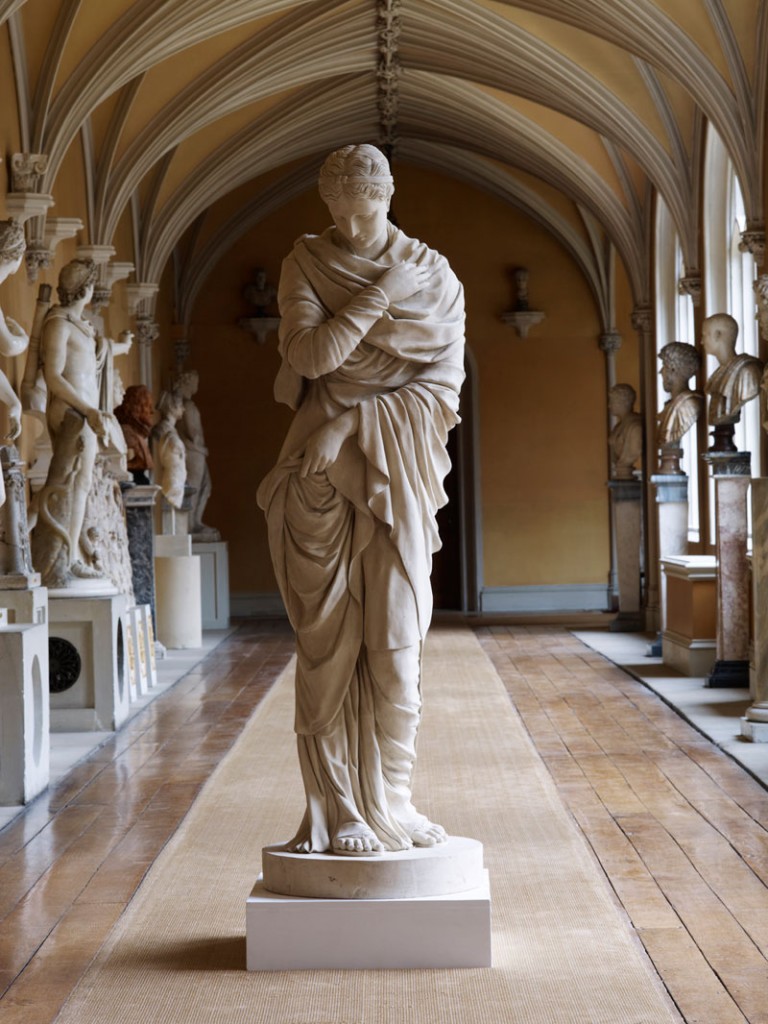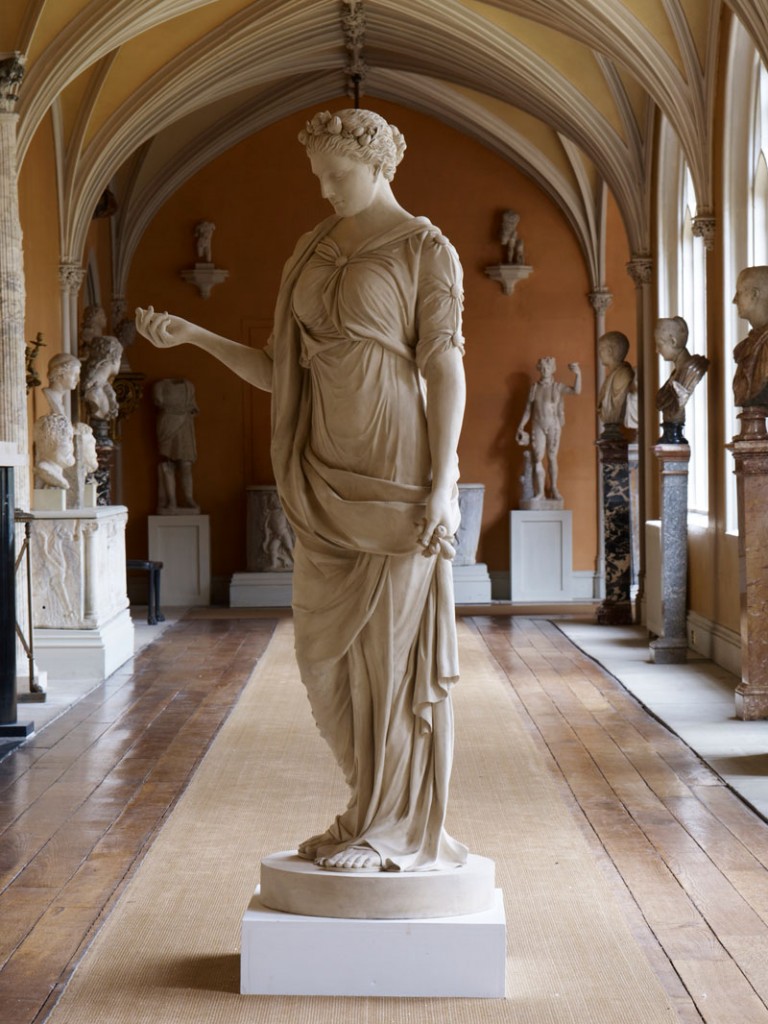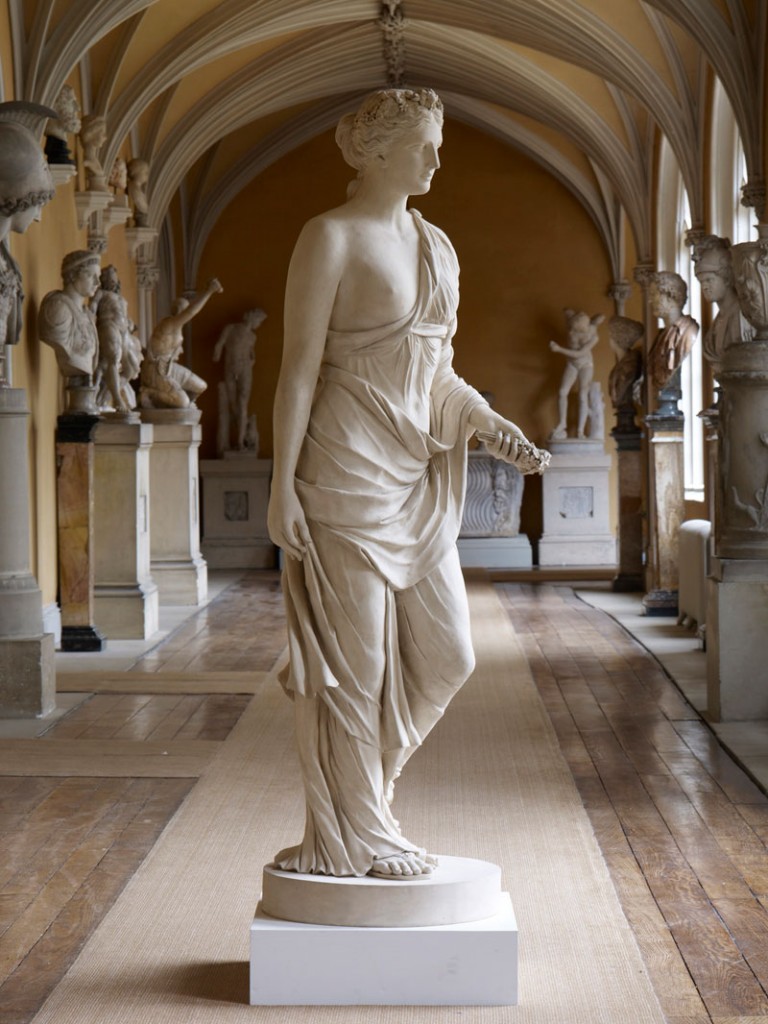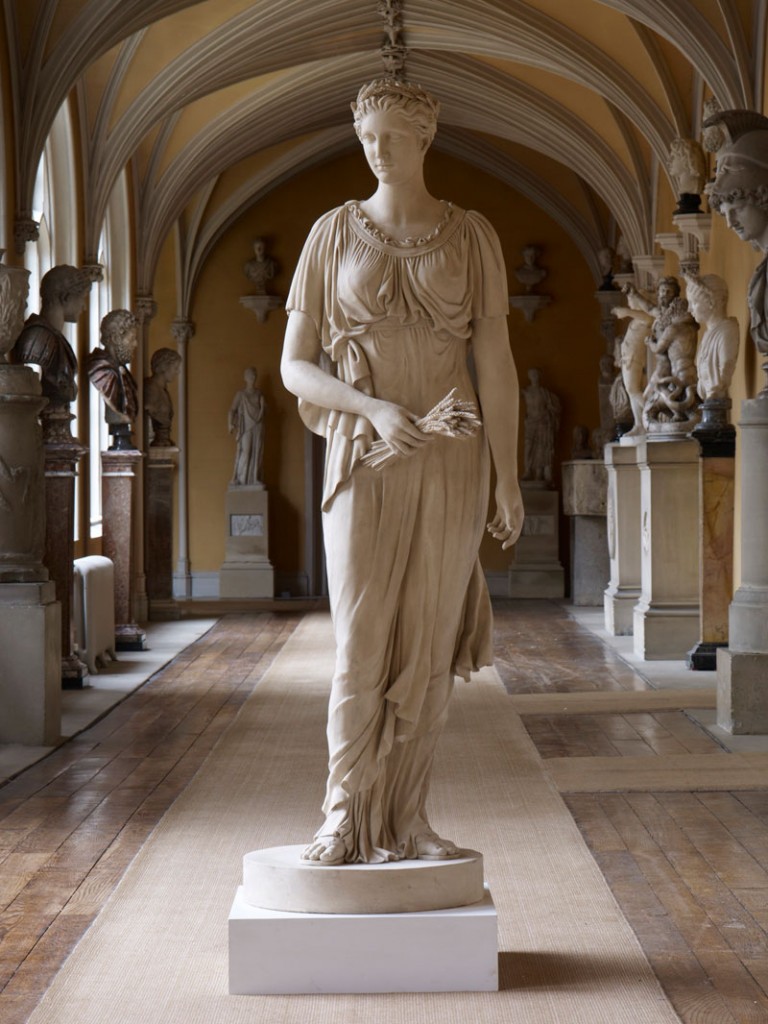
In classical statuary, it’s common to see statues of the Four Seasons, each one representing a season and holding symbols or objects that signify their unique characteristics. These statues have been a popular motif since ancient times, serving as reminders of the importance of nature and the changing seasons.
Spring, the season of new beginnings and growth, is often depicted as a young woman holding a basket of flowers or carrying a floral wreath on her head. The Summer statue, representing abundance and prosperity, is usually portrayed as a mature woman holding a sheaf of wheat or a sickle. Autumn, the season of harvest and maturity, is often depicted as a woman holding a basket of fruits or grapes. Finally, Winter, the dormant and cold season, is typically portrayed as an older woman bundled up in a cloak or fur coat.
The Four Seasons statues can be found all around the world, from public gardens to museums. One of the most famous examples is the set of four sculptures by Flemish artist Peter Paul Rubens. These sculptures were created in the 17th century for the garden of the Palais de Luxembourg in Paris and are now housed in the Louvre Museum.




In our contemporary world, classical statuary like the Four Seasons statues still hold significant cultural and artistic value by their representation of seasonal cycles, the importance of nature and the passing of time. These themes are still relevant to us today, especially since climate change and environmental concerns are at the forefront of our minds and hopefully the seasons help us remember to protect the natural world.
It is interesting to note that The Coade Stone Company, which was founded by Eleanor Coade in the late 18th century, produced many statues and architectural ornaments, including a set of Four Seasons statues that were installed at Buckingham Palace in the 1820s.
Our Four Seasons sculptures pay tribute to the muses of the original 18th-century ‘Coade’ designs. To fulfil the needs of a private client, we adapted the designs to create larger-than-life-size sculptures that fit perfectly into niches. The sculptures’ heads were inspired by a Roman replica of an original 2nd-century marble bust, which can be seen at the Vatican Museum. We incorporated elements from Greek models of the early 4th and 5th centuries, adjusting them to the 18th-century classical revivalist style.
The sculptures of the Four Seasons are modelled after the ‘Coade’ originals, with slight modifications to the figures and drapery to create a more slender appearance, also our depictions are a departure from how the Four Seasons are typically portrayed, they all have the same face.
Winter, is depicted with heavy drapery and a hood to protect her from the cold. Where as Autumn is portrayed holding a basket of fruits, and her hair is adorned with decorative fruits as well. Spring, holds a bouquet of spring flowers, and her hair is adorned with seasonal blooms. Summer, is depicted holding a sheaf of wheat in her hand, and her hair is adorned with wheat decorations.
